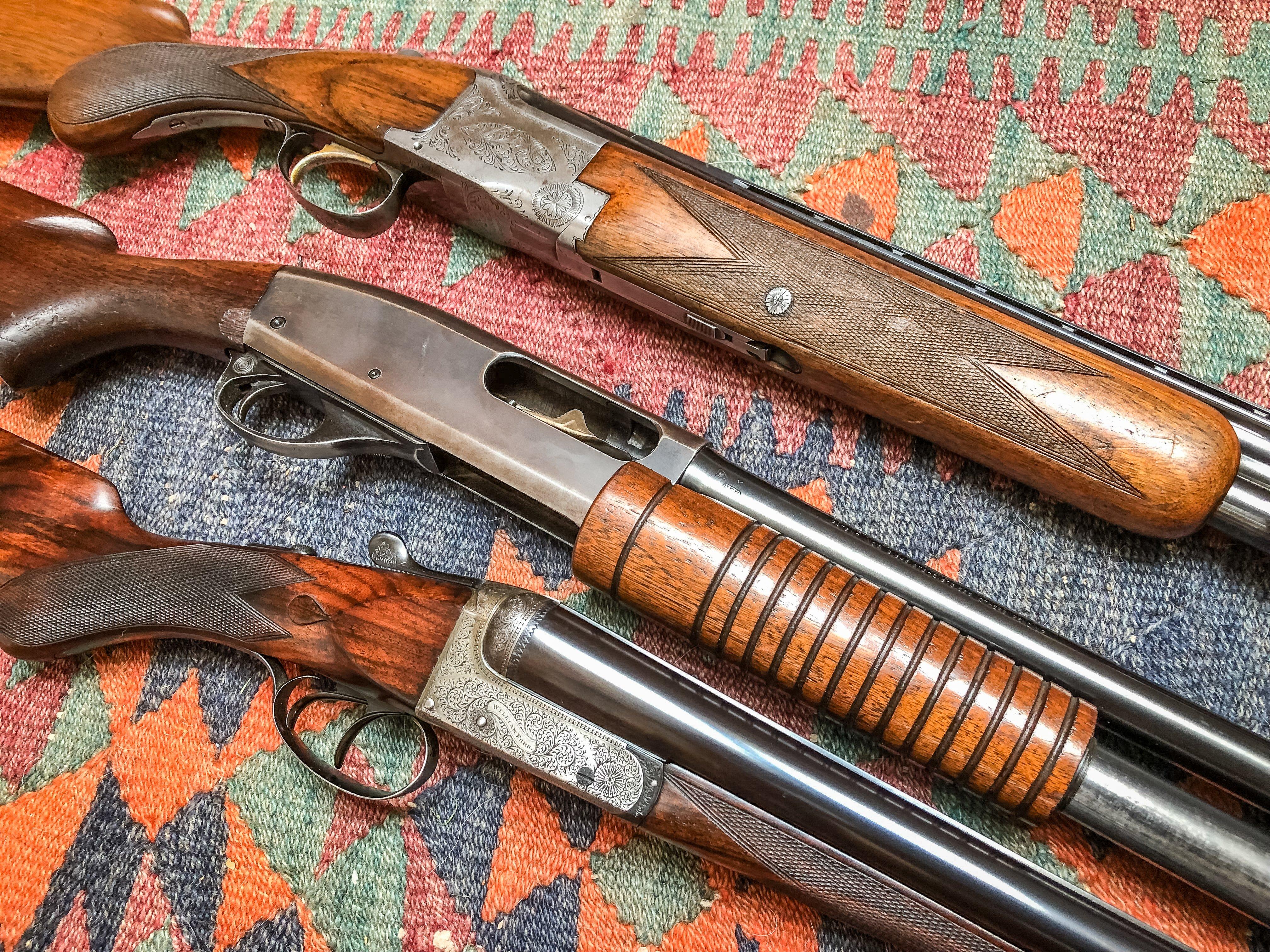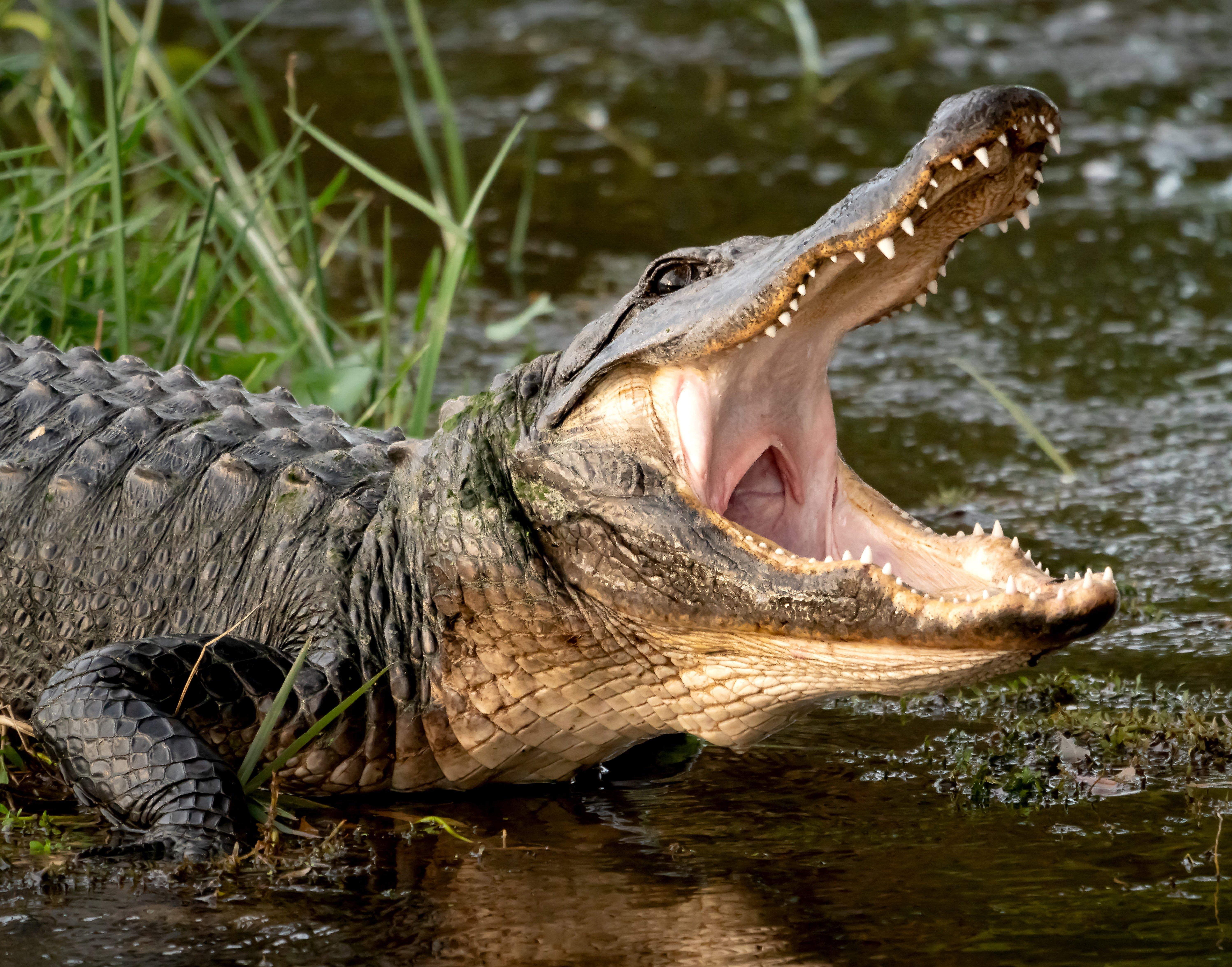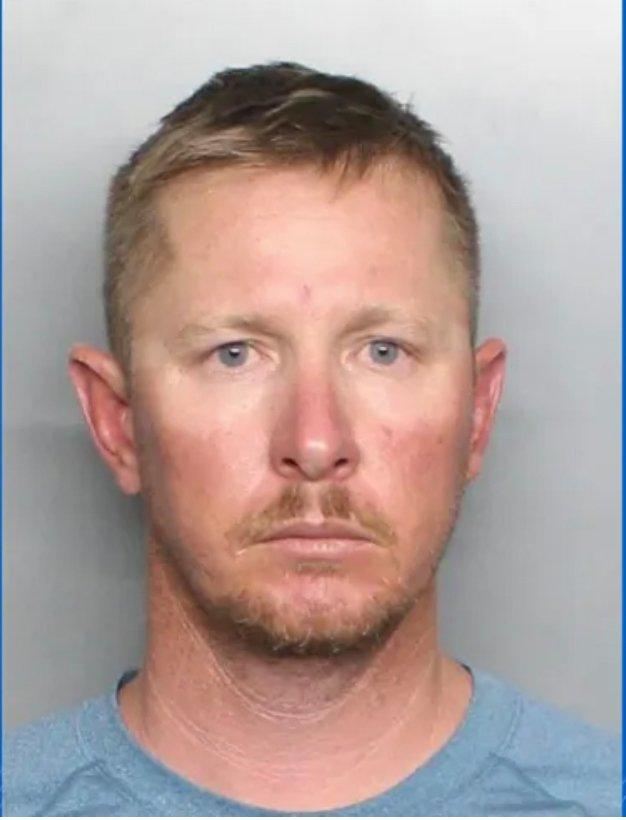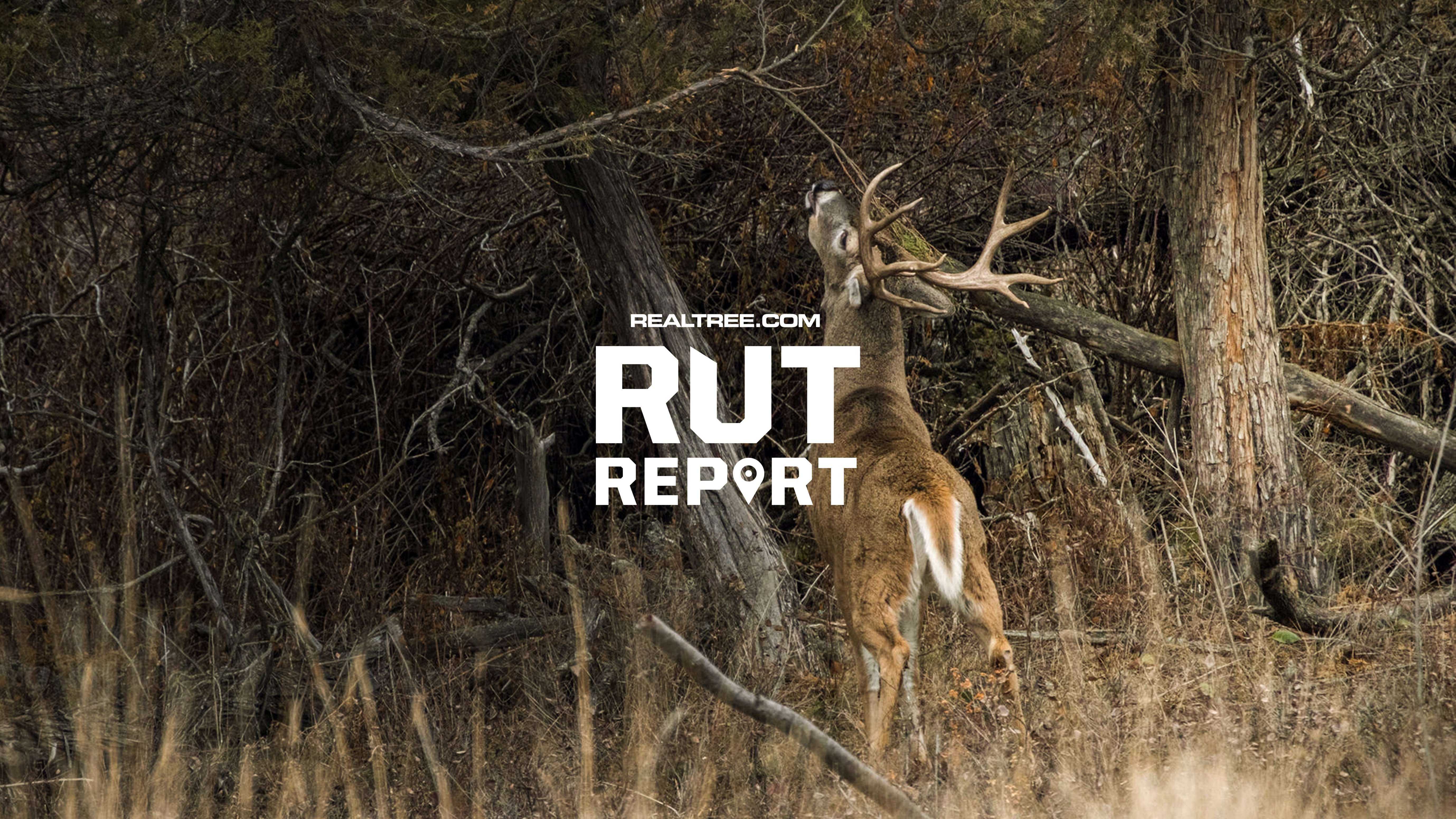Lead exposure shouldn’t scare you away from the range, but if you shoot a lot, take a few steps to protect yourself
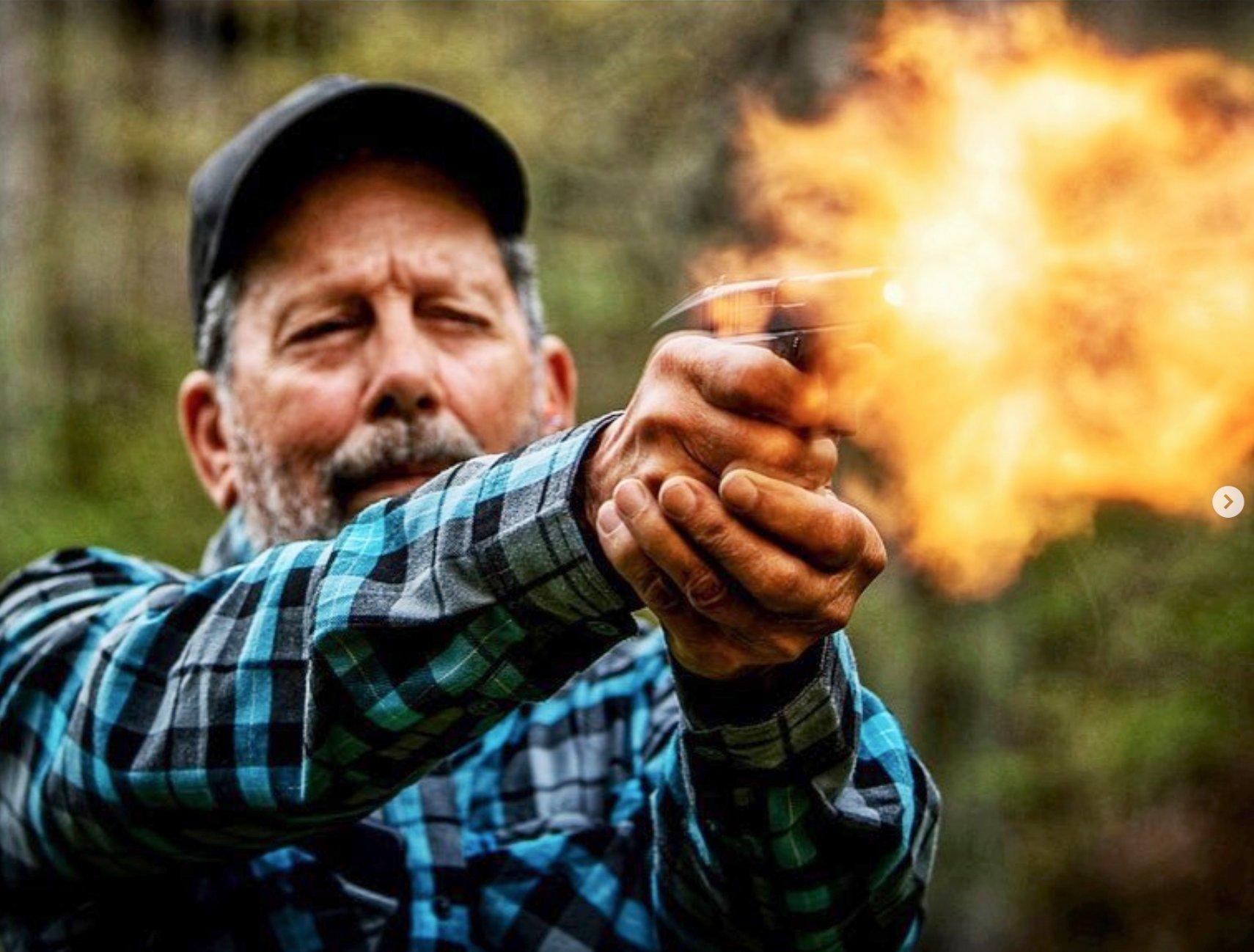
When a gun goes off, the primer and bullet can put tiny lead particles into the air. (Image by Bill Konway)
<span>If you’re a hunter or target shooter, you’re probably familiar with the four rules of gun safety and how to handle a firearm responsibly. But even experienced shooters might not consider the safety hazards of repeated lead exposure. This isn’t something that should scare you away from shooting, but the metal is a toxic material that you don’t want building up in your system. The hazards associated with it are why we don’t use lead pipes anymore, and why specialists are called to clean up lead paint.
Lead poisoning typically happens over time as the metal accumulates in the body over months and years of exposure. Those affected are usually asymptomatic until they reach a high level of exposure. Once that happens, lead can affect blood pressure and reproductive health, cause difficulty with memory and concentration, and do a lot of other bad stuff to your body. Children and pregnant women are especially sensitive to lead poisoning. It takes far less lead to poison a child than it does an adult, and lead exposure can lead to developmental issues in children. </span>
<span>Don’t Miss:</span> <span>North Carolina Hunter Bags 24-Point Buck After Missing it the Same Day</span><span>
I first became aware of lead exposure related to shooting while taking a course at Gunsite in Arizona. There, instructors gave us some ways to protect ourselves, and some instructors were keeping track of high lead levels in their blood, as they’d been exposed to a lot of shooting over the years.
The good news is it’s easy to prevent lead exposure before, during, and after a trip to the gun range — and you don’t have to stop using lead-based ammunition. Here’s a bit more on what to look out for and how you can protect yourself. </span>
<span>WHERE LEAD COMES FROM IN AMMO</span>
<span>There are two main sources of lead in ammunition. The first is found in the projectile—most shooters know that. But the second is in the primer, many of which contain lead-based components. Some bullet designs are safer than others—like copper solids, full-metal-jacket bullets, and polymer-coated bullets, and it is possible to find lead-free primers. But if you’re unsure, just assume your ammunition contains lead. </span>
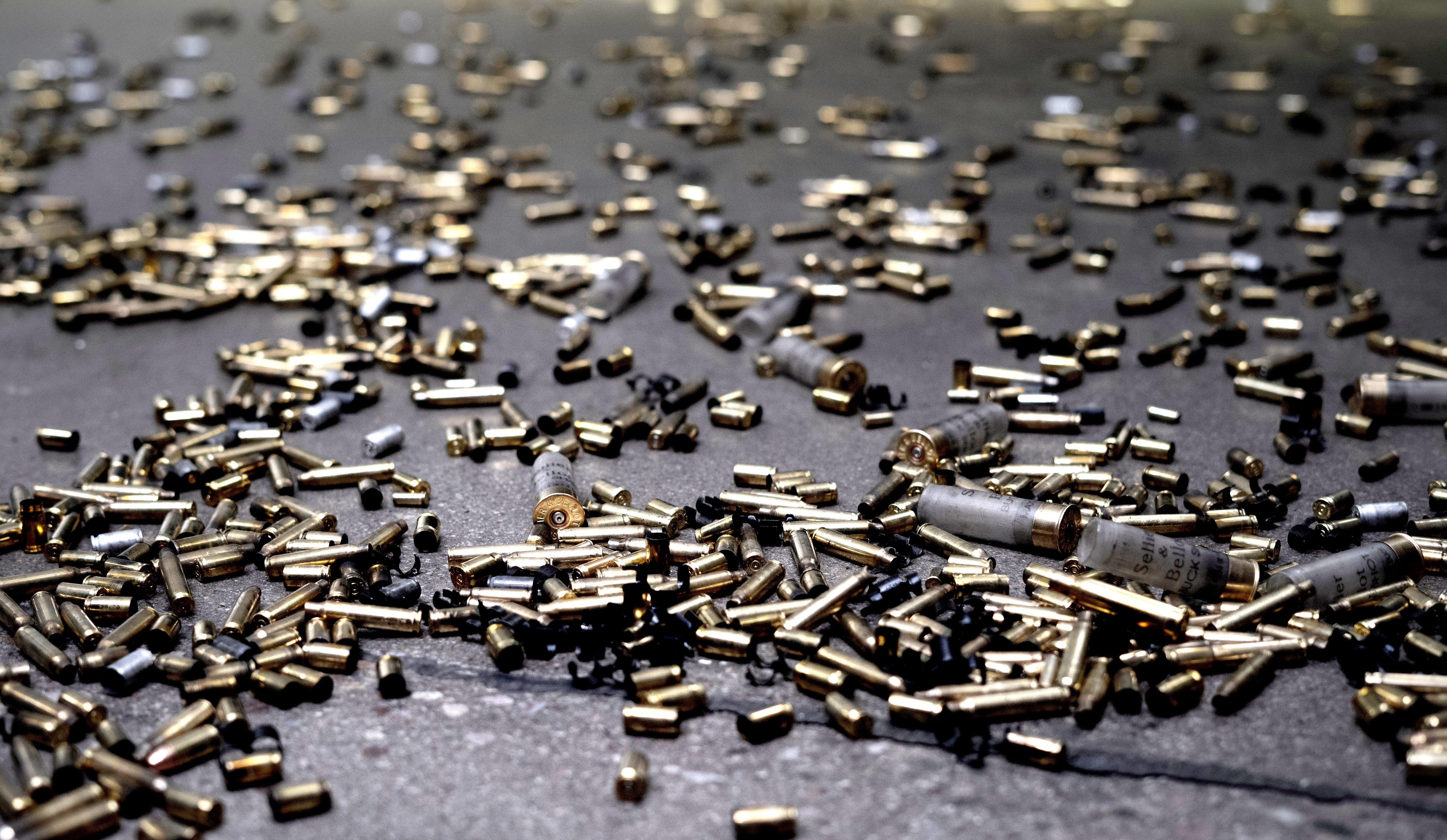
Those who work around shooting and firearms on a daily basis need to be extra careful about lead exposure. (Image by ArtisticRPH)
<span>
When shooting, the lead dust from the primer and small particles of lead from a bullet exiting a barrel become airborne and then settle on your skin, clothes, or anything else nearby. Shooters are exposed to lead while shooting through inhalation and accidental ingestion (for example, eating a sandwich with lead dust on your hands right after you shoot a gun).
Most of the concern and research surrounding shooting and lead exposure has been focused on those who are around shooting more than the general public including soldiers, firearms instructors, competitive shooters, gunsmiths, and people who work at shooting ranges. But even if you only shoot a few times a year to sight in your deer rifle or shoot clays before duck season, it’s a good idea to protect yourself. </span>
<span>HOW LEAD EXPOSURE HAPPENS</span>
<span>So how much lead are you exposed to while shooting? That depends on a few things, like where you shoot and how often, what kind of ammunition you’re using, and what else you’re doing at the range besides shooting. Obviously, the more you shoot, the more opportunity you have for exposure, but if you take some common-sense precautions, you’ll be better off.
Because lead particles go airborne after a shot, ventilation, or lack of it, plays a big part in lead exposure. Shooting outdoors isn’t as big of a deal. But shooting at an indoor range can expose you to more lead, relatively speaking. A good indoor range will be properly ventilated with a good filtration system and air flowing downrange away from the firing line. </span>
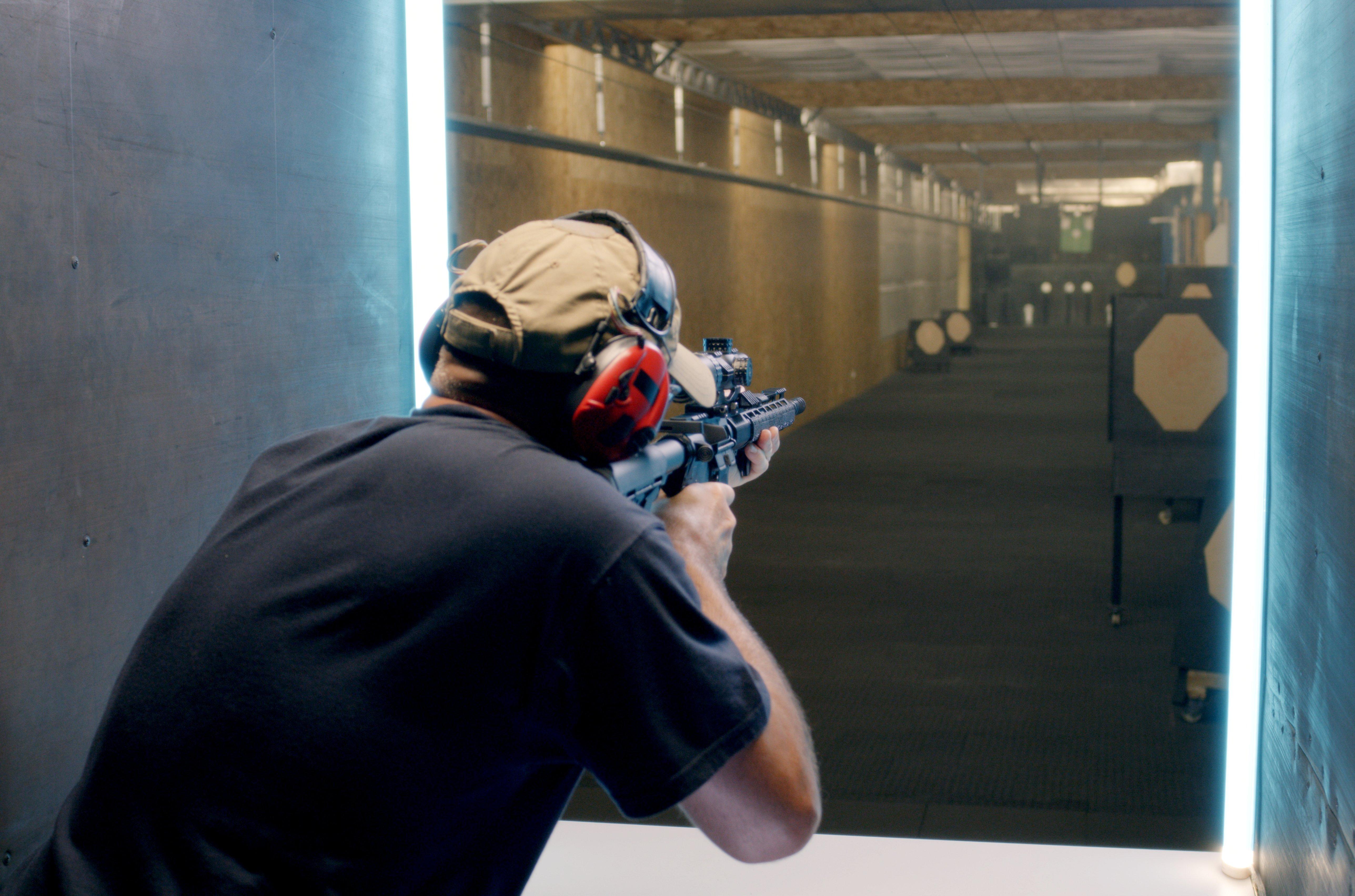
If you shoot at an indoor range, make sure it's well ventilated. (Image by Frame Stock Footage)
<span>
When the lead dust settles after a shot, it will do so on your clothes and skin, especially your hands. So eating, drinking, smoking, or chewing tobacco while at the range before washing your hands will expose you to lead by way of accidental ingestion. You can also take lead home in your clothes after a trip to the range and get it all over your couch, in bed, or anywhere else you bring your clothes. </span>
<span>Don’t Miss:</span> <span>4 Guns Every Coyote Hunter Needs</span><span>
Picking up brass is another easy place to also pick up lead. Spent casings are covered in lead particles. If you store cases in your pockets or a hat, that lead dust will get into the fabric. Finally, when you clean your gun at home, you’re scrubbing lead particles out of it, which can expose you to more lead after you’re done shooting for the day. </span>
<span>PREVENTING LEAD EXPOSURE</span>
<span>To prevent lead exposure, focus on the ways lead can get into the body: inhalation and ingestion. By shooting outside with the wind at your back, you’ll cut down on the lead dust entering your lungs. If you have to shoot inside, look for ranges with good ventilation systems and HEPA air filtration. </span>
<span>The next way to keep lead out of your body is to leave your snacks at home. That goes for tobacco products and drinks, too. If you need to stay hydrated while on the range, bring a bottle with a covered top and keep it away from where you’re shooting, preferably in a range bag. You could also consider adding lead removal wipes to your range bag and use them before eating or drinking anything. </span>
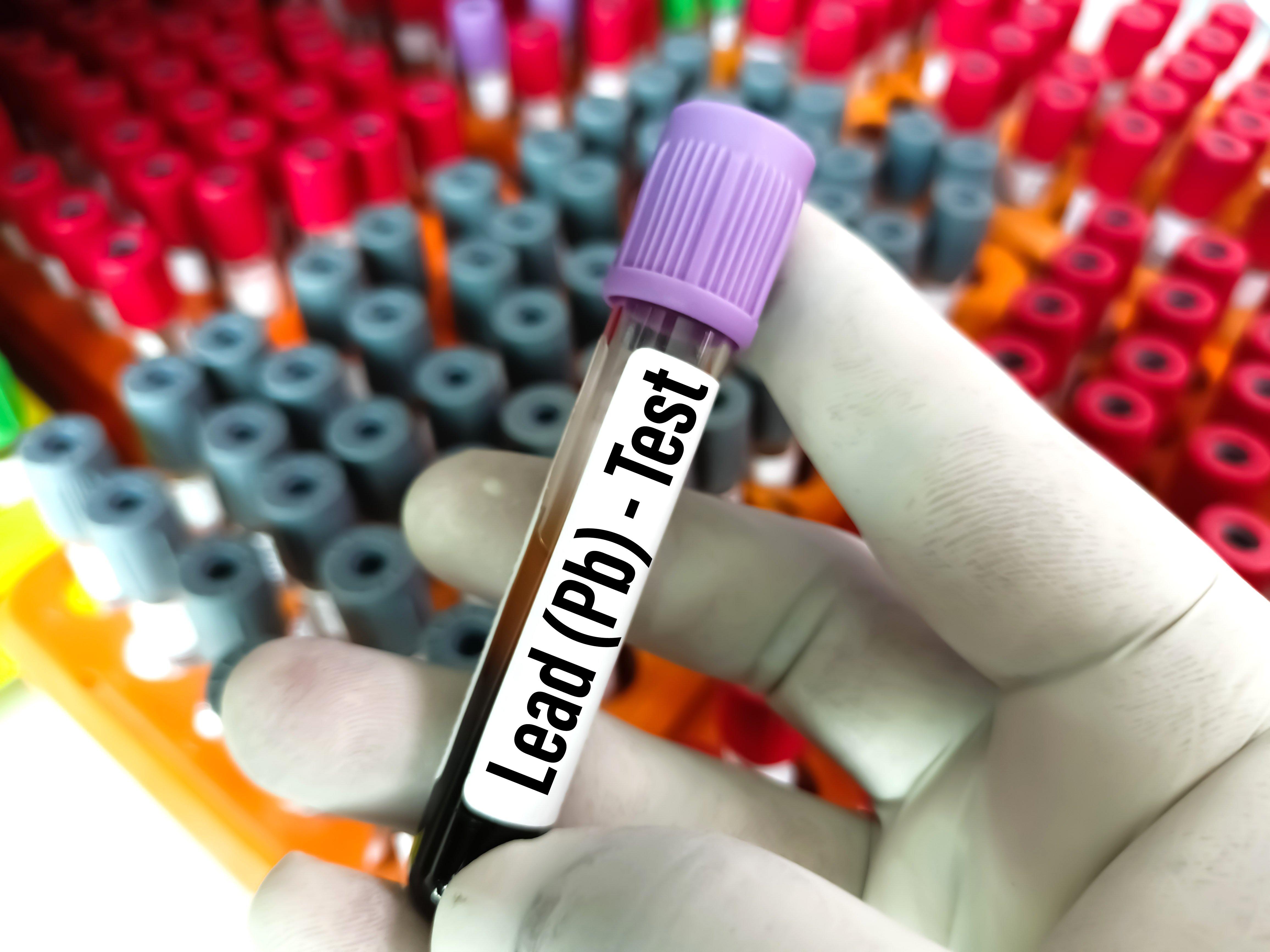
If you're concerned about lead exposure, ask your doctor to give you a blood test for lead. (Image by Arif biswas)
<span>For most, the easiest way to get lead off your skin is to simply wash with cool water and soap. The colder water won’t open your skin’s pores up, which helps keep lead out of your body. When you’re done shooting for the day, try to get in the habit of washing up. </span>
<span>To prevent take-home exposure for your family, leave a change of clothes in the garage or mudroom and bag up your range clothes for the wash right away. Take a shower to get range lead out of your hair and off your skin, and if you have kids around, all of the above is much more important. After cleaning your gun, clean the surrounding area to get rid of lead residue, and wash your hands before doing anything else. And don’t eat, drink, smoke, or chew tobacco while cleaning a gun. If you’re concerned that you or your loved ones have been exposed to lead from shooting, talk to your doctor about running a blood test for lead. Though the effects of severe lead poisoning cannot be reversed, there are treatments like Chelation therapy which can lower lead levels and prevent further damage. </span>






